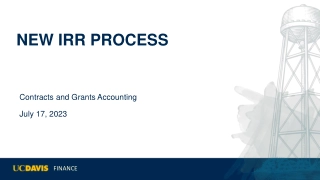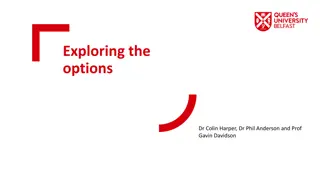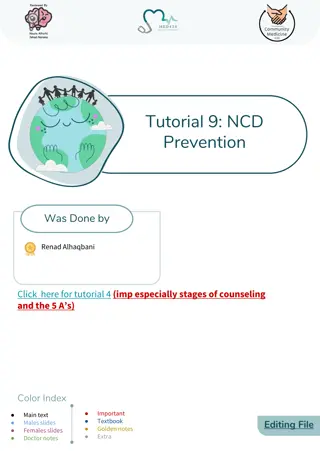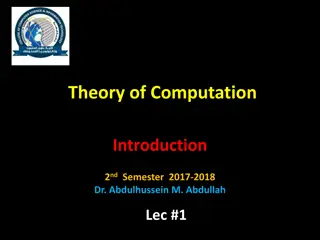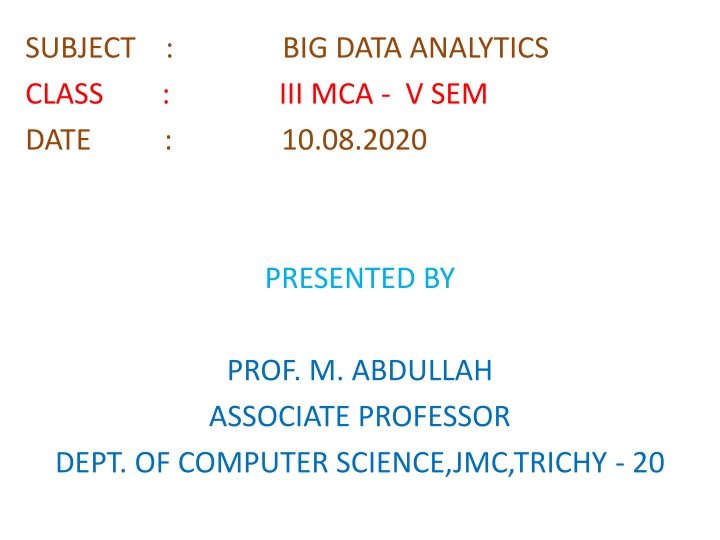
Utilizing Big Data Analytics in Diverse Industries
Explore real-world examples of how companies like Orbitz, Nokia, and NASA leverage big data analytics to enhance operations and make data-driven decisions. From optimizing hotel recommendations to improving wireless services and ensuring aircraft safety, discover the power of big data analytics across various sectors.
Download Presentation

Please find below an Image/Link to download the presentation.
The content on the website is provided AS IS for your information and personal use only. It may not be sold, licensed, or shared on other websites without obtaining consent from the author. If you encounter any issues during the download, it is possible that the publisher has removed the file from their server.
You are allowed to download the files provided on this website for personal or commercial use, subject to the condition that they are used lawfully. All files are the property of their respective owners.
The content on the website is provided AS IS for your information and personal use only. It may not be sold, licensed, or shared on other websites without obtaining consent from the author.
E N D
Presentation Transcript
SUBJECT : BIG DATA ANALYTICS CLASS : III MCA - V SEM DATE : 10.08.2020 PRESENTED BY PROF. M. ABDULLAH ASSOCIATE PROFESSOR DEPT. OF COMPUTER SCIENCE,JMC,TRICHY - 20
STUDYING Big Data Analytics Examples Big data analytics has many different use cases. Orbitz If you have ever looked for deals on travel, you ve probably been to sites like Orbitz (www.orbitz.com). The company was established in 1999, and its website went live in 2001. Users of Orbitz perform over a million searches a day, and the company collects hundreds of gigabytes of raw data each day from these searches. Orbitz realized that it might have useful information in the web log files that it was collecting from its web analytics software that contained information about consumer interaction with its site.
In particular, it was interested to see whether it could identify consumer preferences to determine the best-performing hotels to display to users so that it could increase conversions (bookings). It had not been utilizing this data in the past because it was too expensive to store all of it. It implemented Hadoop and Hive running on commodity hardware to help. Hadoop provided the distributed file system and Hive provided an SQL-type interface. It took a series of steps to put the data into Hive. After the data was in Hive, the company used machine learning a data-driven approach to unearthing patterns in data and helping to analyze the data.
Nokia Nokia provides wireless communication devices and services. The company believes that its data is a strategic asset. Its big data analytics service includes a multi peta byte platform that executes over tens of thousands of jobs each day. This includes utilizing advanced analytics over terabytes of streaming data. For example, the company wants to understand how people interact with its different applications on its phones. Nokia wants to understand what features customers use, how they use a feature, and how they move from feature to feature and whether they get lost in the application as they are using it.
This level of detail helps the company layout new features for its applications and improve customer retention. NASA NASA is using predictive models to analyze safety data on aircrafts. It wants to understand whether the introduction of a new technology into an aircraft will make a dramatic impact in safety. Needless to say, NASA is dealing with a massive amount of data. Each airplane each day is recording a thousand parameters every second for every flight. Some of this data is streaming. The company also receives text data from reports written by pilots and other crew members. NASA also throws weather data (that changes in time and space) into the mix. The data scientists there are looking to predict outcomes for example, what pattern indicates a possible accident or incident.
Big Data Analytics SOLUTIONS A number of vendors on the market today support big data solutions. Here is a listing of a few solutions that you may find interesting: IBM (www.ibm.com) is taking an enterprise approach to big data and integrating across the platform including embedding/bundling its analytics. Its products include a warehouse (InfoSphere warehouse) that has its own built-in data-mining and cubing capability. Its new Pure Data Systems (a packaging of advanced analytics technology into an integrated systems platform) includes many packaged analytical integrations. Its InfoSphere Streams product is tightly integrated with its Statistical Package for the Social Sciences (SPSS) statistical software to support real-time predictive analytics, including the capability to dynamically update models based on real-time data.
It is bundling a limited-use license of Cognos Business Intelligence with its key big data platform capabilities (enterprise-class Hadoop, stream computing, and warehouse solutions). SAS (www.sas.com) provides multiple approaches to analyze big data via its high-performance analytics infrastructure and its statistical software. SAS provides several distributed processing options. These include in database analytics, in-memory analytics, and grid computing. Deployments can be on-site or in the cloud. Tableau (www.tableausoftware.com), a business analytics and data visualization software company,
Offers its visualization capabilities to run on top appliances and other infrastructure offered by a range of big data partners, including Cirro, EMC Greenplum, Karmasphere, Teradata/ Aster, HP Vertica, Hortonworks, ParAccel, IBM Netezza, and a host of others. Oracle (www.oracle.com) offers a range of tools to complement its big data platform called Oracle Exadata. These include advanced analytics via the R programming language, as well as an in-memory database option with Oracle s Exalytics in-memory machine and Oracle s data warehouse. Exadata is integrated with its hardware platform. Pentaho (www.pentaho.com) provides open source business analytics via a community and enterprise edition.
Understanding Text Analytics and Big Data Most data is unstructured. Unstructured data includes information stored internally, such as documents, e-mails, and customer correspondence, as well as external information sources that organization, such as tweets, blogs, YouTube videos, and satellite imagery. The amount and variety of this data are growing rapidly. Increasingly, companies want to take advantage of this wealth of data to understand the implications for their business today and in the future. While image and audio analysis are still in the early adopter stage, text analytics is evolving into a mainstream technology. Here s an example of how one company was able to leverage its text data to support business decision making are important to your
A large automobile improve quality problems with its cars. It discovered that by analyzing the text from its repair partners, it could identify quality problems with its cars as they enter the marketplace. The company views this analysis as an early warning system. The earlier it can identify problems, the more changes it can make on the factory floor and the fewer customers will be dissatisfied. Prior to using text analytics, the company mined information from its line of business systems, including part numbers and defect codes. This worked well enough for many years, but only for problems the company already knew existed. manufacturer needed to
The traditional system could not reveal hidden issues that were well known to the people who were interacting with customers. Sounds exciting, right? In fact, text analytics is being used in a wide variety of big data use cases from social media analysis to warranty analysis to fraud analysis. In addition, businesses are increasingly beginning to analyze a merge view Unstructured data together to get a full picture. we delve into this technology and provide an in- depth example of how it works. We also provide you with some other use cases of text analytics in action, including the capability to merge unstructured data with structured data. of structured and
Exploring UNSTRUCTURED Data What sets unstructured data apart from structured data, is that its structure is unpredictable. some people believe that the term unstructured data is misleading because each text source may contain its own specific structure or formatting based on the software that created it. In fact, it is the content of the document that is really unstructured. Just think about the kinds of text that are out there and the structure that might be associated with each: Documents: In return for a loan that I have received, I promise to pay $2,000 (this amount is called principal), plus interest, to the order of the lender. The lender is First Bank. I will make all payments under this note in the form of cash, check, or money order.
I understand that the lender may transfer this note. The lender or anyone who takes this note by transfer and who is entitled . . . E-mails: Hi Sam. How are you coming with the chapter on big data for the For Dummies book? It is due on Friday. Joanne Log files: 222.222.222.222- - [08/Oct/2012:11:11:54 -0400] GET / HTTP/1.1 200 10801 http://www.google.com/search?q=log+analyzer&ie= . . . Tweets: #Big data is the future of data!
Facebook posts: LOL. What are you doing later? BFF some of these examples have more structure than others. For instance, a bank loan note has some structure in terms of sentences and the template it might follow. An e-mail might have little structure. A tweet or a Facebook message might have strange abbreviations or characters. A log file might have its own structure. So, the question is, how do you analyze this disparate kind of unstructured text data?


